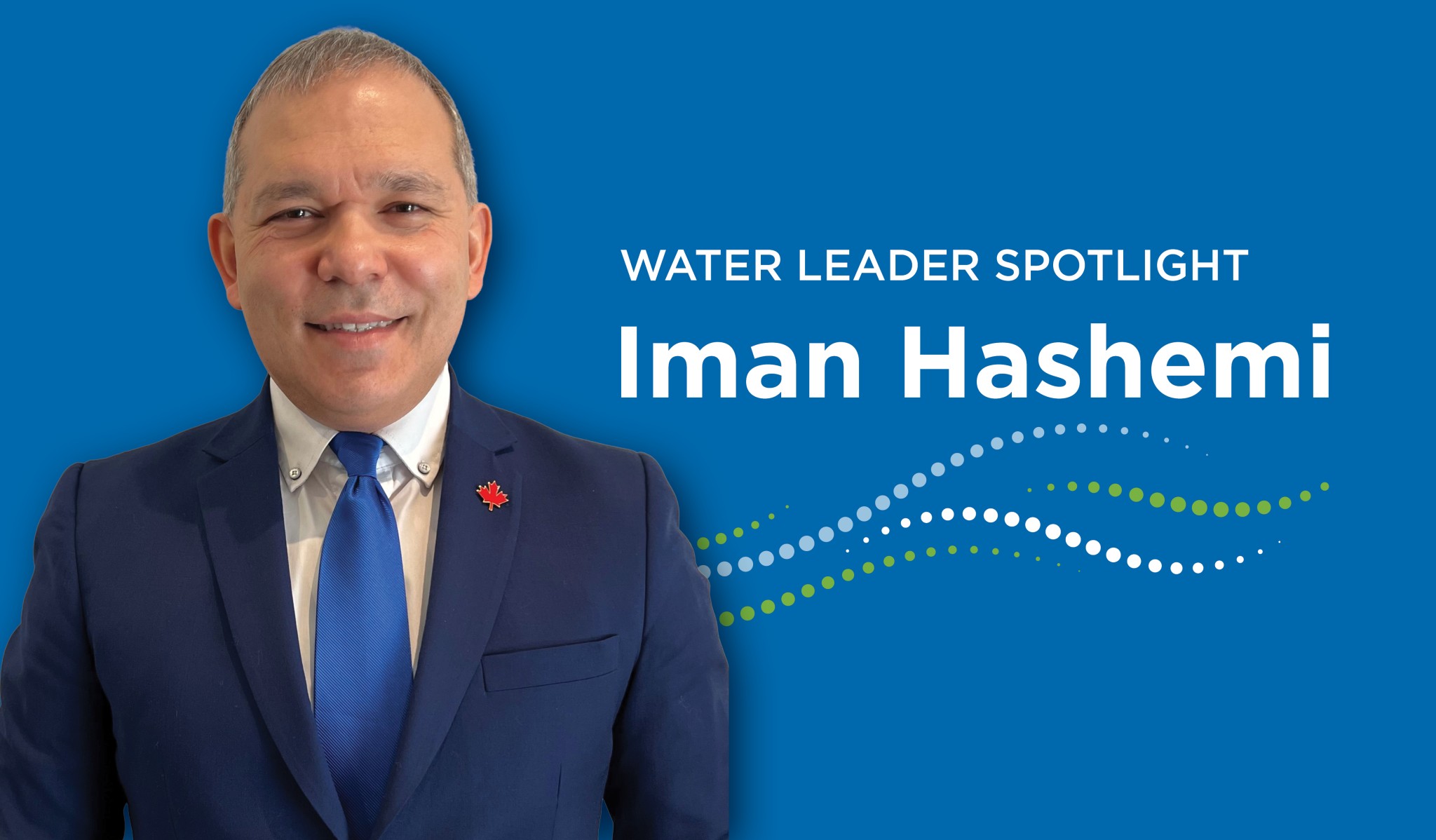Contaminants of Emerging Concern: Risk management and communication updates

Canadian Water Network (CWN) remains a source for updates, knowledge exchange and insights about contaminants of emerging concern (CECs) in the Canadian municipal water context.
In Canada and internationally, per- and polyfluoroalkyl substances (PFAS) have dominated the conversation around CEC-related risks to public health in recent years. While research is underway to better understand the risks of PFAS exposure, much uncertainty remains. Coupled with limited regulatory requirements, there is a lack of formal guidance for municipal water providers as they strive to protect public and environmental health while maintaining customer confidence. Still, municipal water providers are undertaking proactive measures to stay informed on the latest PFAS research and regulatory updates, as well as actively assess and monitor for potential risks to their water systems.
One notable regulatory update came from Health Canada this summer with the release of an objective for PFAS in drinking water. This objective represents a precautionary group-based approach, with an objective value of 30 ng/L for the sum total of 25 specific per- and polyfluoroalkyl substances (PFAS).
International research continues to reveal important insights about PFAS sources, treatment and human health effects. The National Institute for Public Health and Environment in the Netherlands determined that people ingest more PFAS through food than through water. Research conducted by the Water Research Foundation determined that people ingest more PFAS through food than through water. In water sources and wastewater effluent, levels of long-chain PFAS, which are more toxic and persistent than short-chain PFAS, have been declining since 2000. However, over the same period, short-chain PFAS levels have increased.
Proactive PFAS and CEC risk management efforts by CEC strategic sharing group members
In September, CWN’s CEC strategic sharing group, active since 2018, held its annual check-in. This meeting focused on sharing insights and advancements in CEC risk monitoring and evaluation, as well as discussing current needs and knowledge gaps in CEC risk communication.
Given the national and global focus on PFAS, CEC strategic sharing group members confirmed that PFAS remain priority CECs for all participating municipalities and utilities, and a focus for their ongoing research and monitoring efforts.
Many utilities actively engage in CEC risk management through research support, monitoring, staying informed on regulatory activities, considering future treatment options, and internal communications about CEC impacts on the water utility. Collaborations with universities, researchers and other partners help utilities monitor CECs, understand contaminant presence through the urban water cycle, and identify treatment options.
Strategies to communicate about CEC risk management
A key challenge with conversations on CECs is the inherent uncertainty regarding their presence and risk to human and environmental health via municipal water services. Utilities are exploring best practices for engaging target audiences on the topic of PFAS and CECs, and maintaining public trust in the safety of their local water. Utilities and municipalities delivering water services have a range of approaches to public-facing communications, from preparing responses to inquiries to making information and data publicly available. Partnerships with universities, academia, external consultants and the federal government will likely play a key role in retaining public trust and engaging citizens.
The 2024 CECs strategic sharing group annual check-in highlighted ongoing efforts and challenges in managing CECs. Participants’ exchange of insights and feedback on risk communication initiatives underscores the importance of collaboration and continuous improvement in addressing concerns about emerging contaminants in urban water management.
Ongoing conversations about risk communication
Moving forward this fall and into 2025, CWN will continue hosting discussions on risk communication strategies and best practices for Canadian municipalities and water utilities. CWN, in partnership with the Global Water Research Coalition (GWRC), will host a webinar on PFAS risk communication strategies for municipalities and utilities on November 14. This webinar supports GWRC’s ongoing webinar series on PFAS, which has explored PFAS sources and occurrences in water, PFAS disposal and destruction opportunities, and other emerging research findings. Learn more and register for the webinar here.
For more information about the CEC strategic sharing group and risk communication initiatives, please contact Katina Tam at [email protected].

















